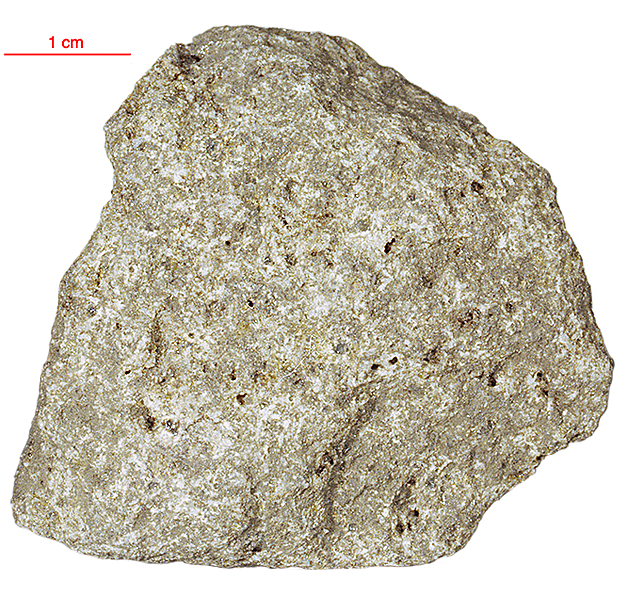
Fact sheet
15647 is a relatively large, relatively coarse-grained olivine basalt. It consists of anhedral olivine (<1mm), small granular pyroxene crystals and some granular olivine. Plagioclase forms laths up to 2mm long that are ragged and poikilitically enclose small mafic phases. The olivine phenocrysts appear optically unzoned, generally, and a few contain quenched silicate liquid inclusions. Chromite is present in the olivine, but ulvospinel is the dominant opaque phase. Ilmenite, cristobalite (see small crystal at centre of rotation 2), glass, fayalite and troilite form the residium. This and other olivine-phyric rocks are derived from the rapidly cooled, near surface part of a lava flow.
The sample weighed 58.2 grams before analysis and has not been dated.
Further details of this and other Apollo samples are here: http://curator.jsc.nasa.gov/lunar/
The Apollo 15 landing site was in the Apennine Highlands, and close to Hadley Rille — a long, narrow winding valley. Approximately 76 kg of lunar material, including soil, rock, core-tube and deep-core samples, were returned to Earth.
This mission was the first flight of the Lunar Roving Vehicle which allowed the astronauts to venture further from the Lunar Module than in previous missions. During three periods of extravehicular activity, or EVA, on July 31st, and August 1st and 2nd, Scott and Irwin completed a record 18 hours, 37 minutes of exploration, travelling 17.5 miles, in the first car that humans had ever driven on the Moon.
Apollo 15 was launched on 26 July 1971.






